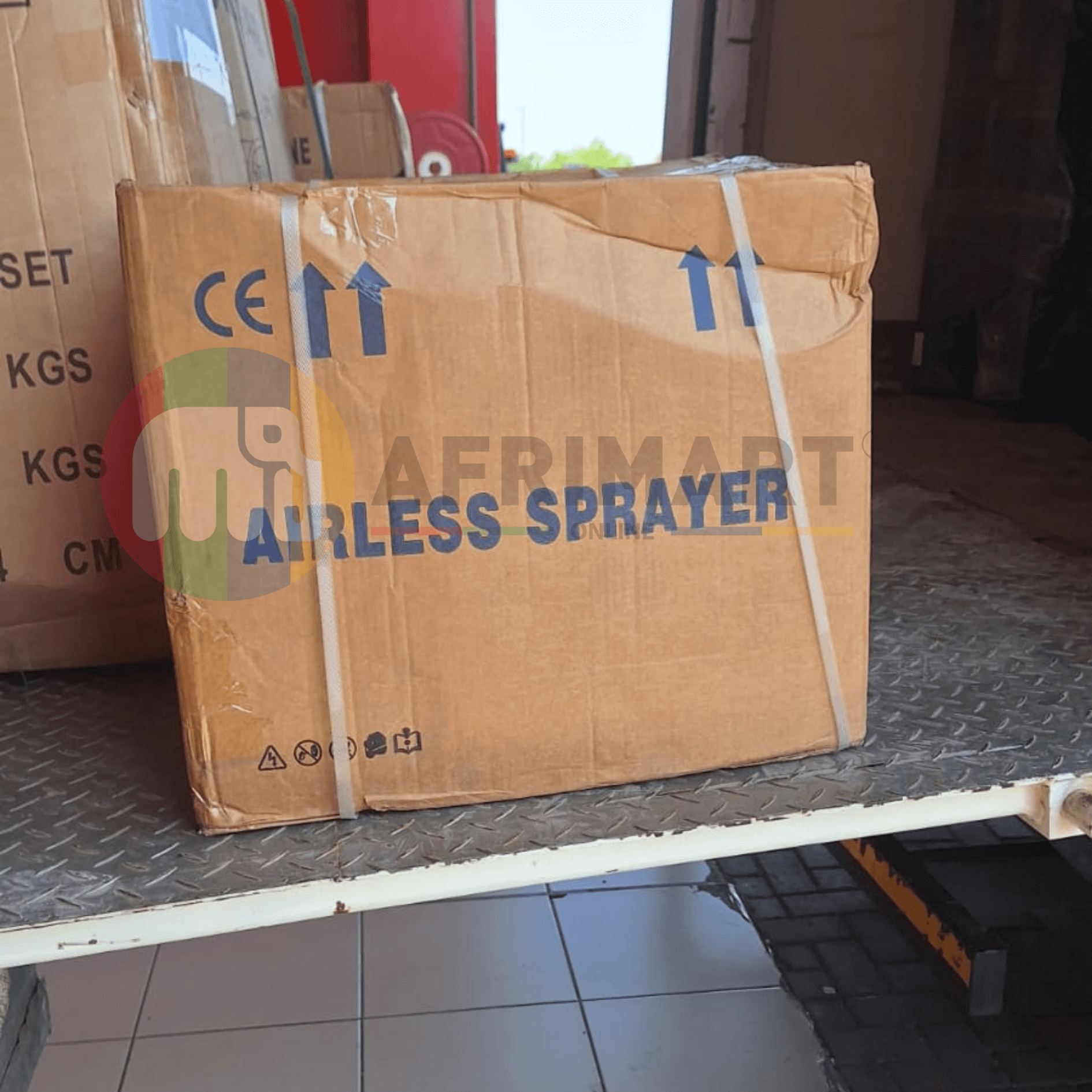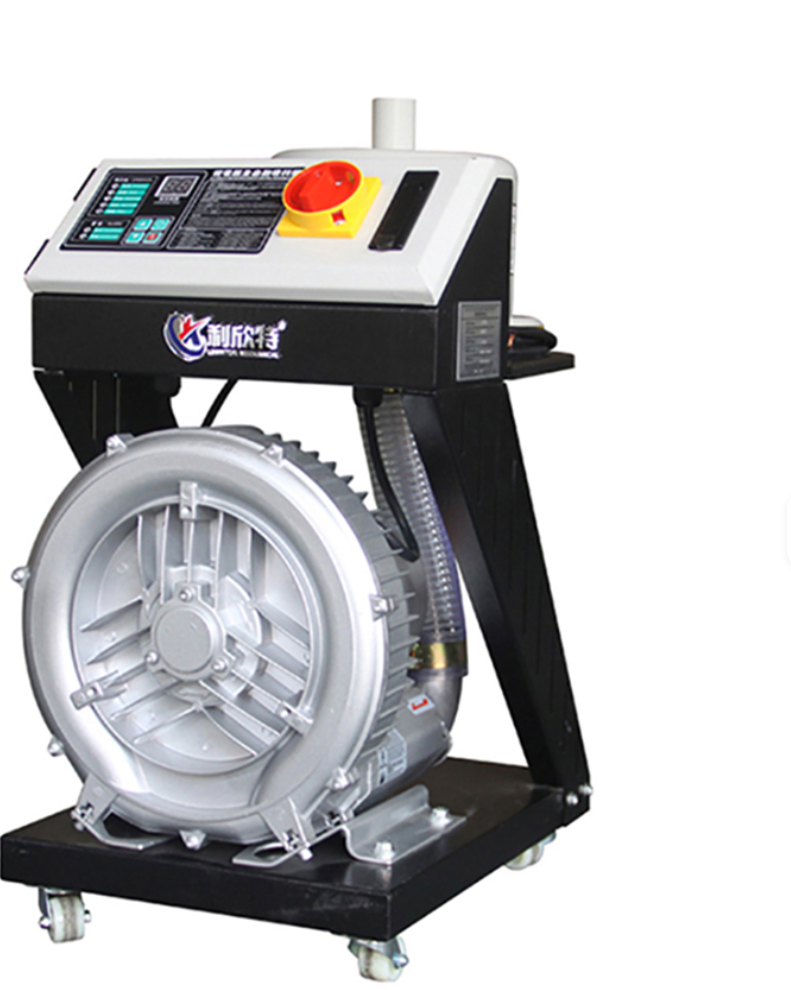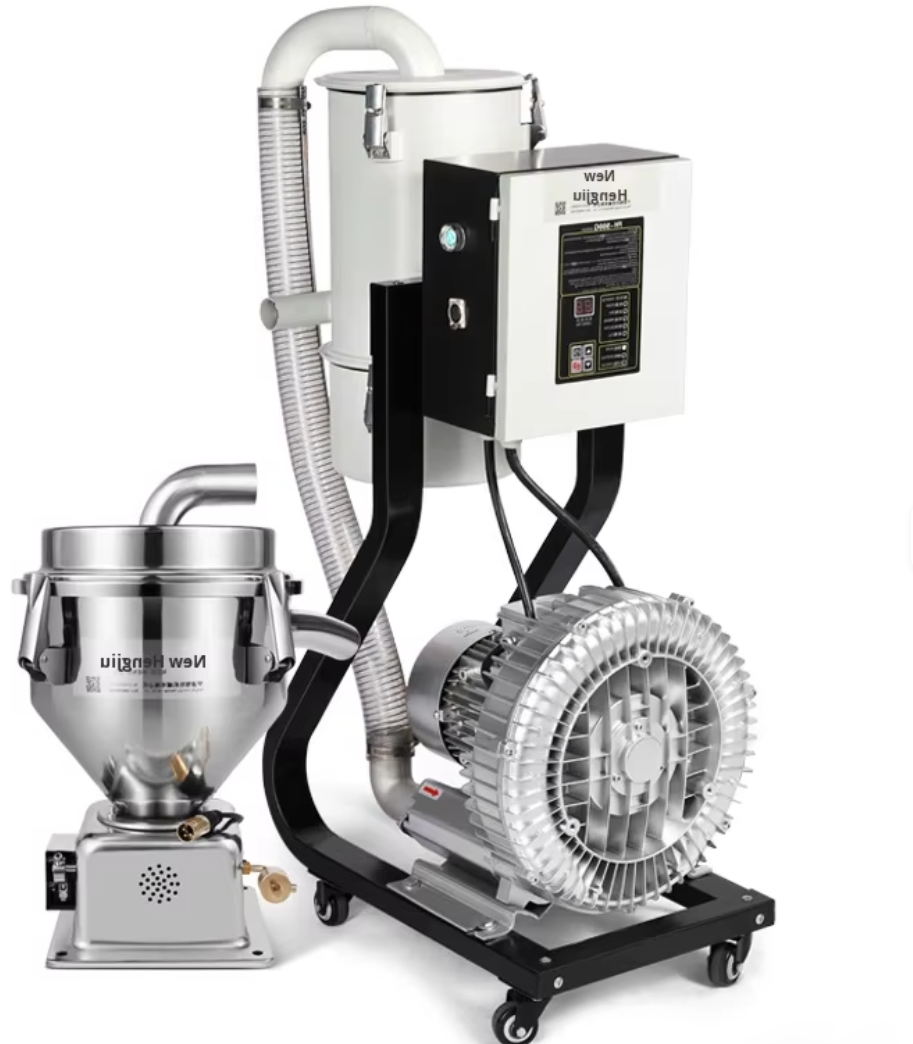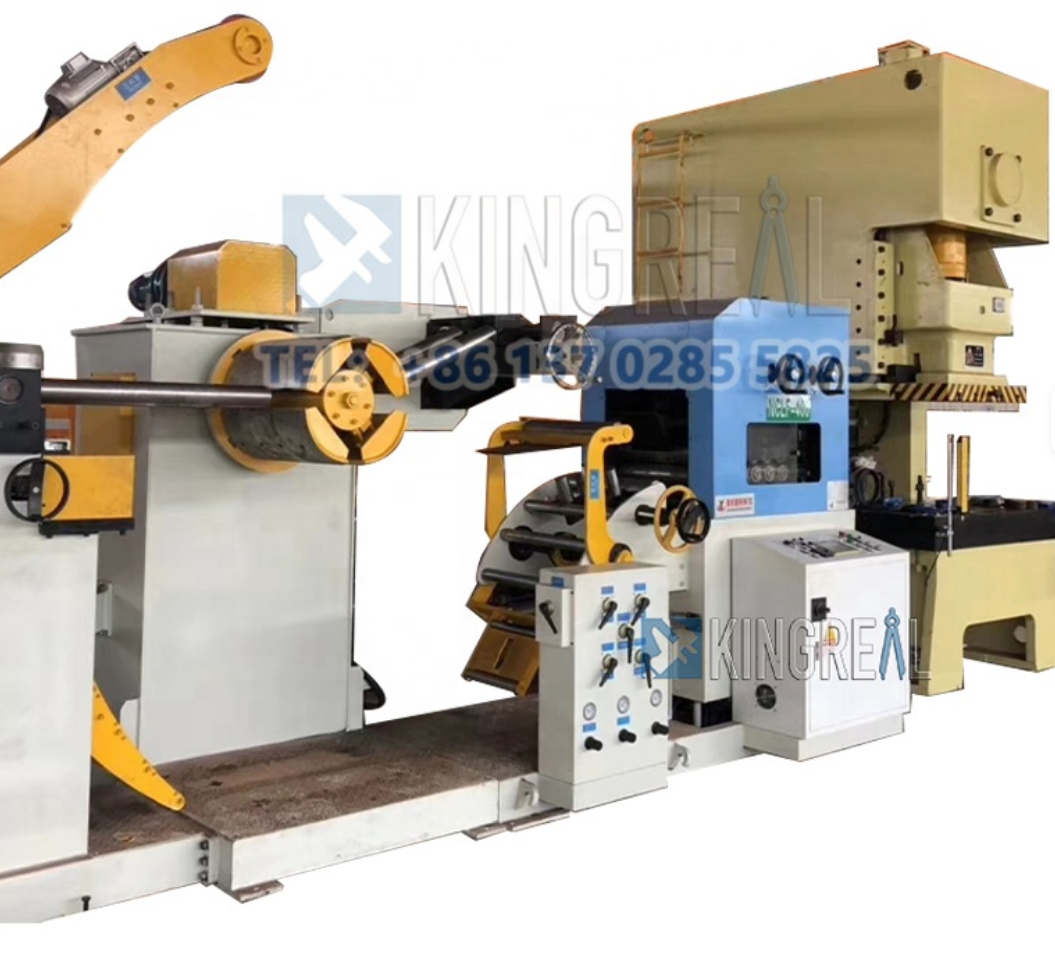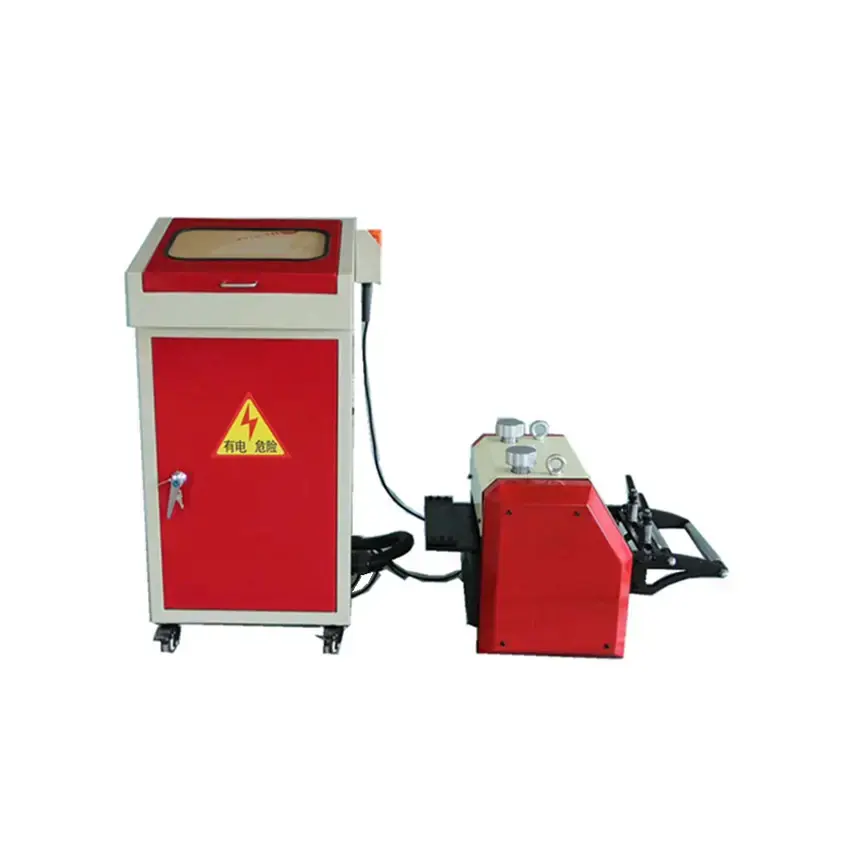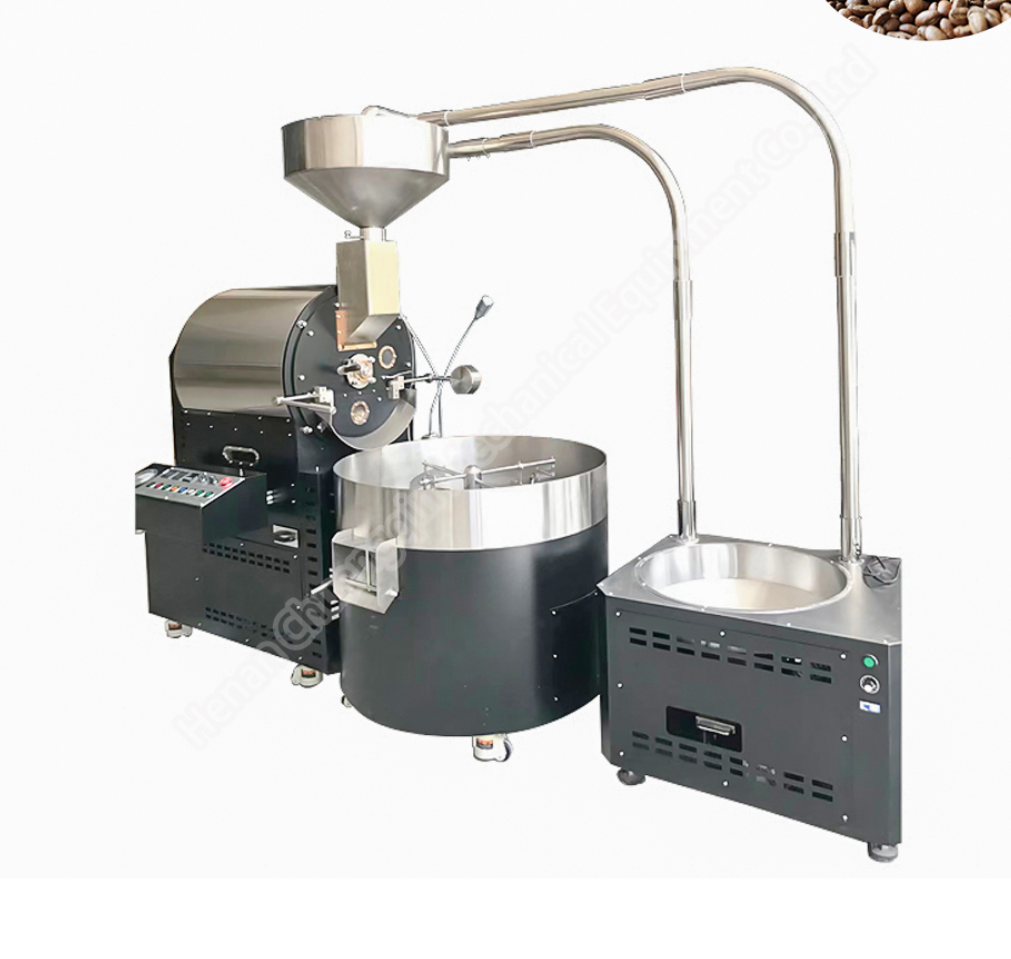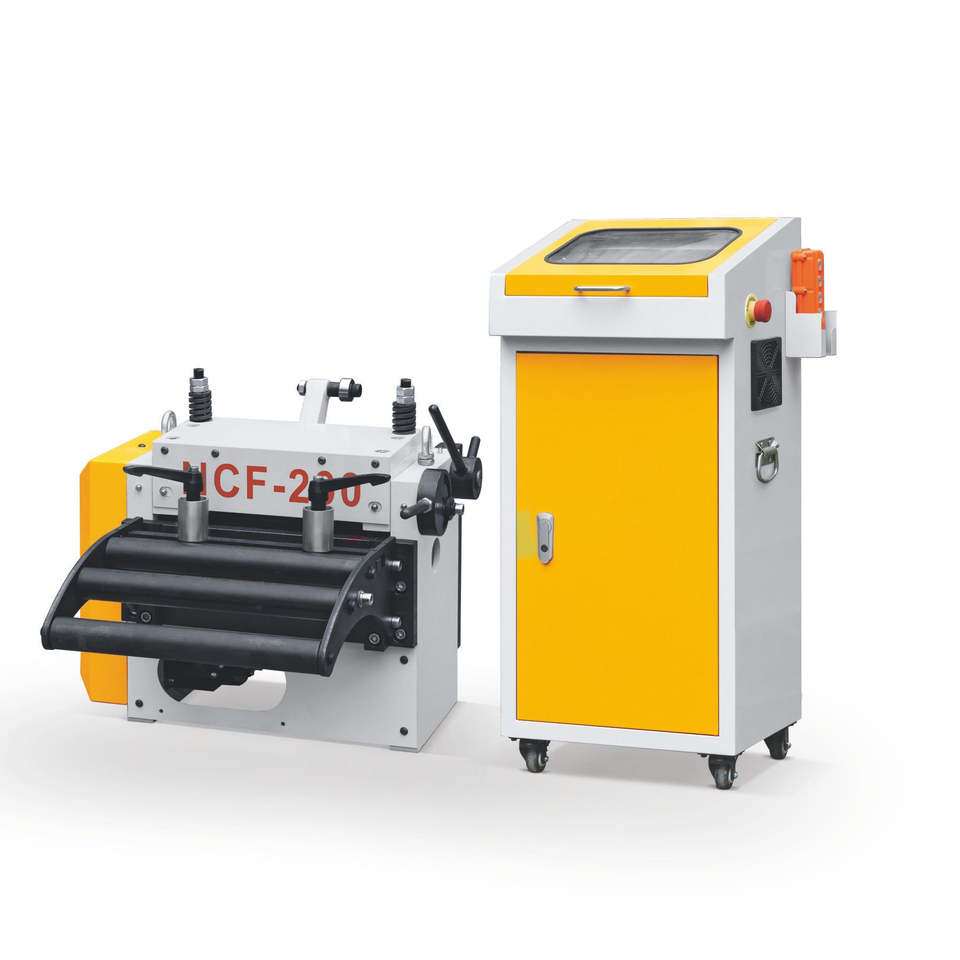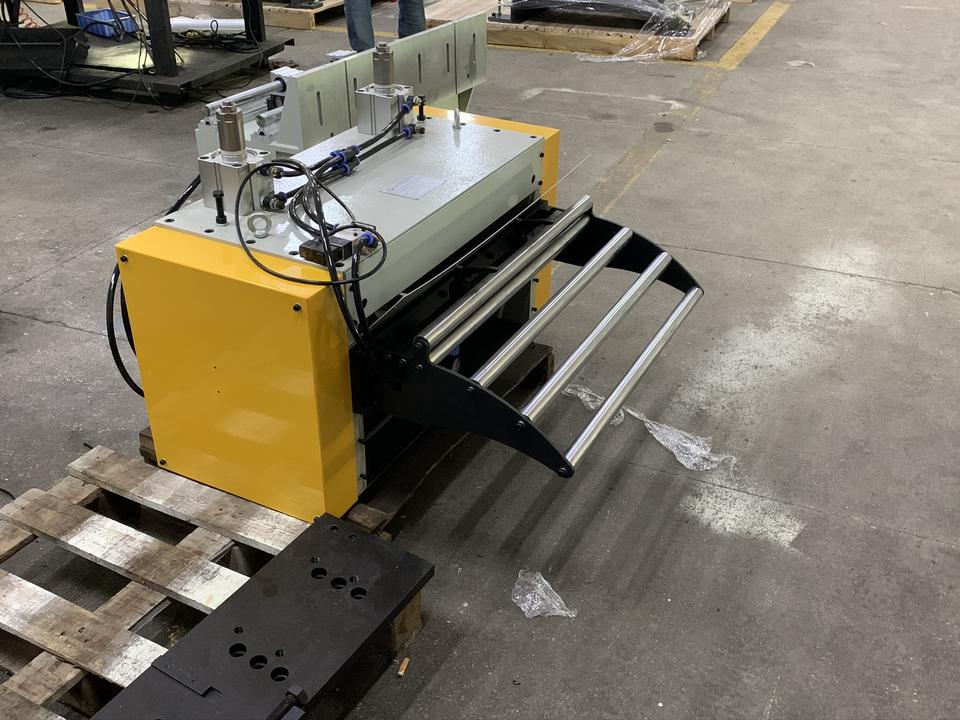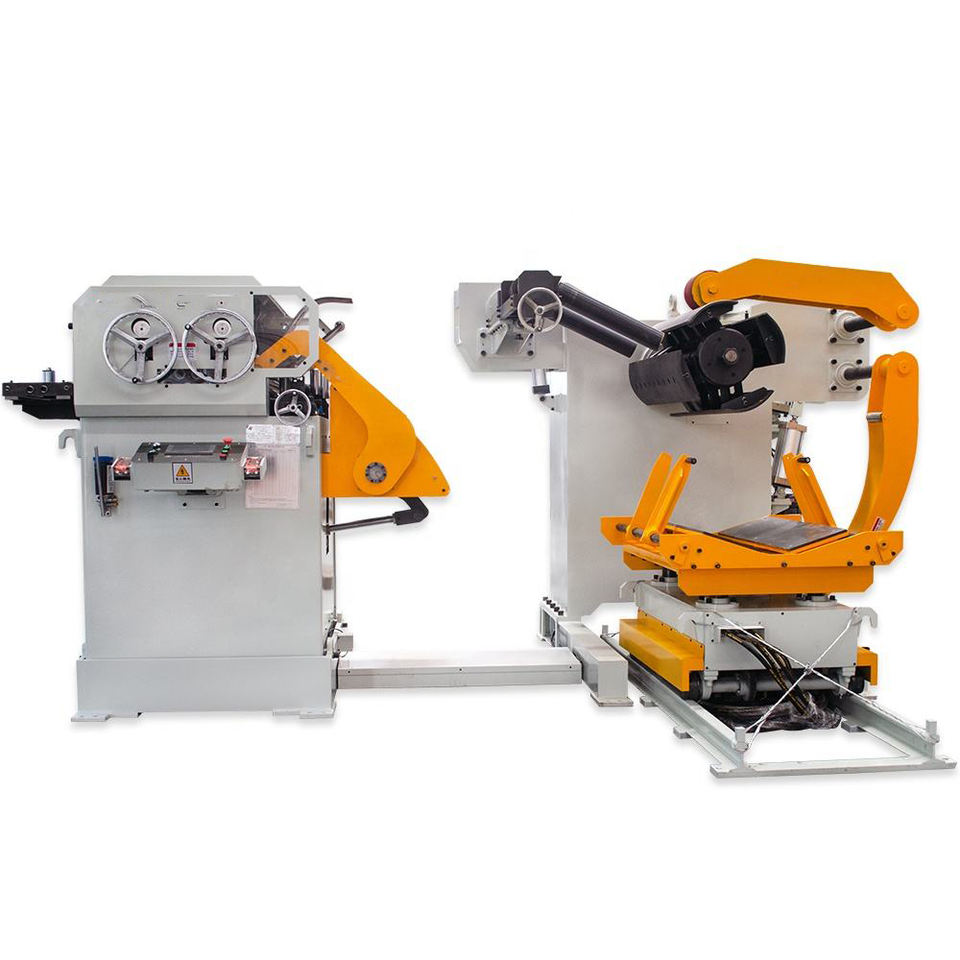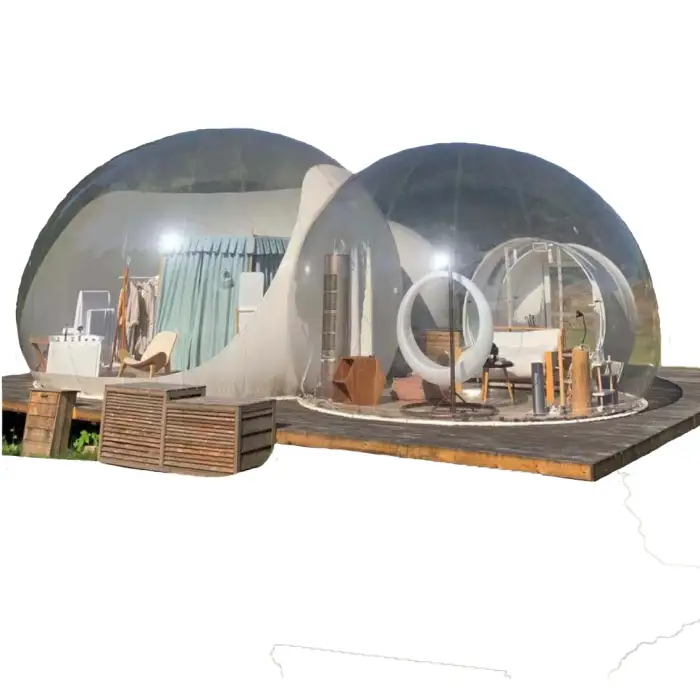B21, China Town Mall, Midrand
Automatic Assembly Line Lithium Ion Battery Production Line Battery Making Machine For Ev
- Section : Machinery
- Category : Manufacturing Machinery
- SKU : 1600748537538

- Shipping Timeframes: All orders are processed within 2-5 business days (excluding weekends and holidays). After your order has been processed, the estimated delivery time is before 26 Feb, 2026, depending on customs, Please note that due to high demand, some items may experience longer shipping times, which will be communicated at order confirmation email.
- Order Processing Time: Please allow 2-5 business days for us to process your order before it is shipped . Orders placed after 16:00 on Fridays, or during weekends and public holidays, will begin processing on the next business day. Processing times may be extended during peak seasons or sales events.
- Manufacturing Time: Some products needs manufacturing time, the manufacturing process will take approximately 10-30 business days depending on the product. This timeframe may vary depending on the complexity of the product and current demand. but this will be communicated with you during order confirmation.
- Returns and Exchanges: We offer a 30-day return policy for most items. If you are not completely satisfied with your purchase, you may return it within 30 days of receipt for a refund or exchange. Items must be unused, in their original packaging, and accompanied by proof of purchase. Return shipping costs are the responsibility of the customer, unless the item was damaged or defective upon arrival.
1. What are the main functions of the Automatic Assembly Line Lithium Ion Battery Production Line?
The main functions include cell sorting, plasma cleaning, cell gluing, stacking, module scanning, welding, and post-welding inspection.
2. What is the total size of the cell section for this production line?
The total size of the cell section is 15m in length, 4.6m in width, and 2.5m in height.
3. Can the production line operate independently for cell and module sections?
Yes, the cell section and module welding section can operate flexibly and independently.
4. What is the maximum speed of the machine?
The maximum speed of the machine is 500mm/s.
5. What type of motors are used in this production line?
The production line can use either step motors or servo motors, depending on customization.
6. How is the battery cell cleaning performed?
The cleaning is performed using a plasma cleaning process to clean the outer surface of the battery cell.
7. What is the required environmental condition for operating this machine?
The environment should have no vibration, interference, and proper ventilation for optimal operation.
8. Is the production line customizable?
Yes, the machine specifications such as electricity demand and XYZ travel can be customized.
9. What measures are in place for quality control of the battery cells?
Quality control is ensured through automatic sorting of qualified cells and EOL (End of Line) inspections after module welding.
10. What is the noise level of the equipment?
The equipment noise level is ≤75 dB when measured at 1000mm away from the operating position or outer wall.
11. What materials can be used for gas protection during welding?
Optional gas protection can include Argon or Nitrogen.
12. What types of batteries can this production line accommodate?
The production line is designed to be compatible with a variety of sizes of module specifications.
13. What is the purpose of the tray and trolley in the assembly line?
The tray is used for circulating the battery cell modules, while the trolley transfers the extrusion modules to the next stations.
14. How is the glue applied to the battery cells?
A three-axis gluing mechanism drives the gluing head to apply glue according to a set gluing track.
15. What is the repeatability accuracy of the machine?
The repeatability accuracy of the machine is ±0.01mm.
Latest Order Arrivals
Discover our latest orders
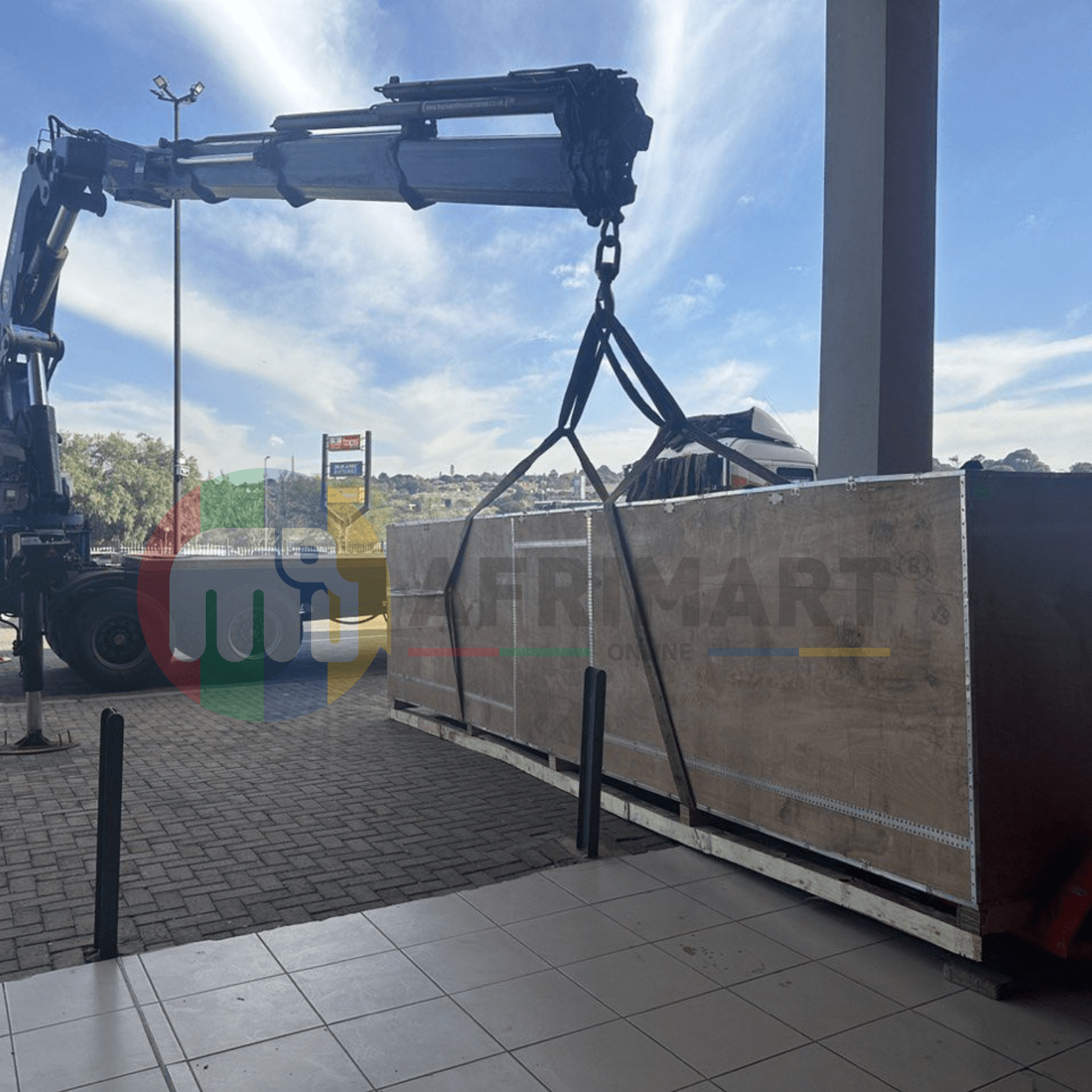
12 Heads Embroidery Machine
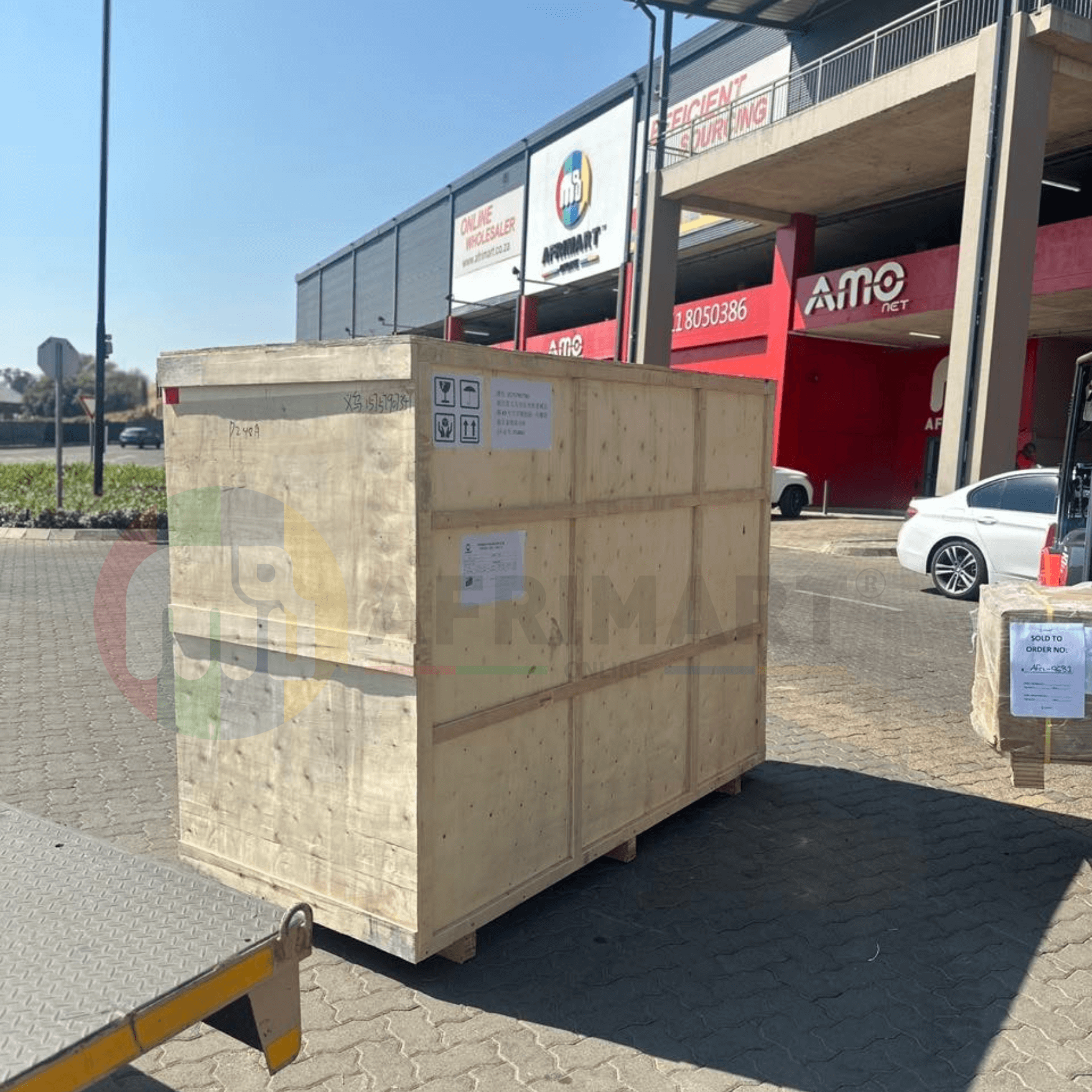
Dewatering Pump Machine
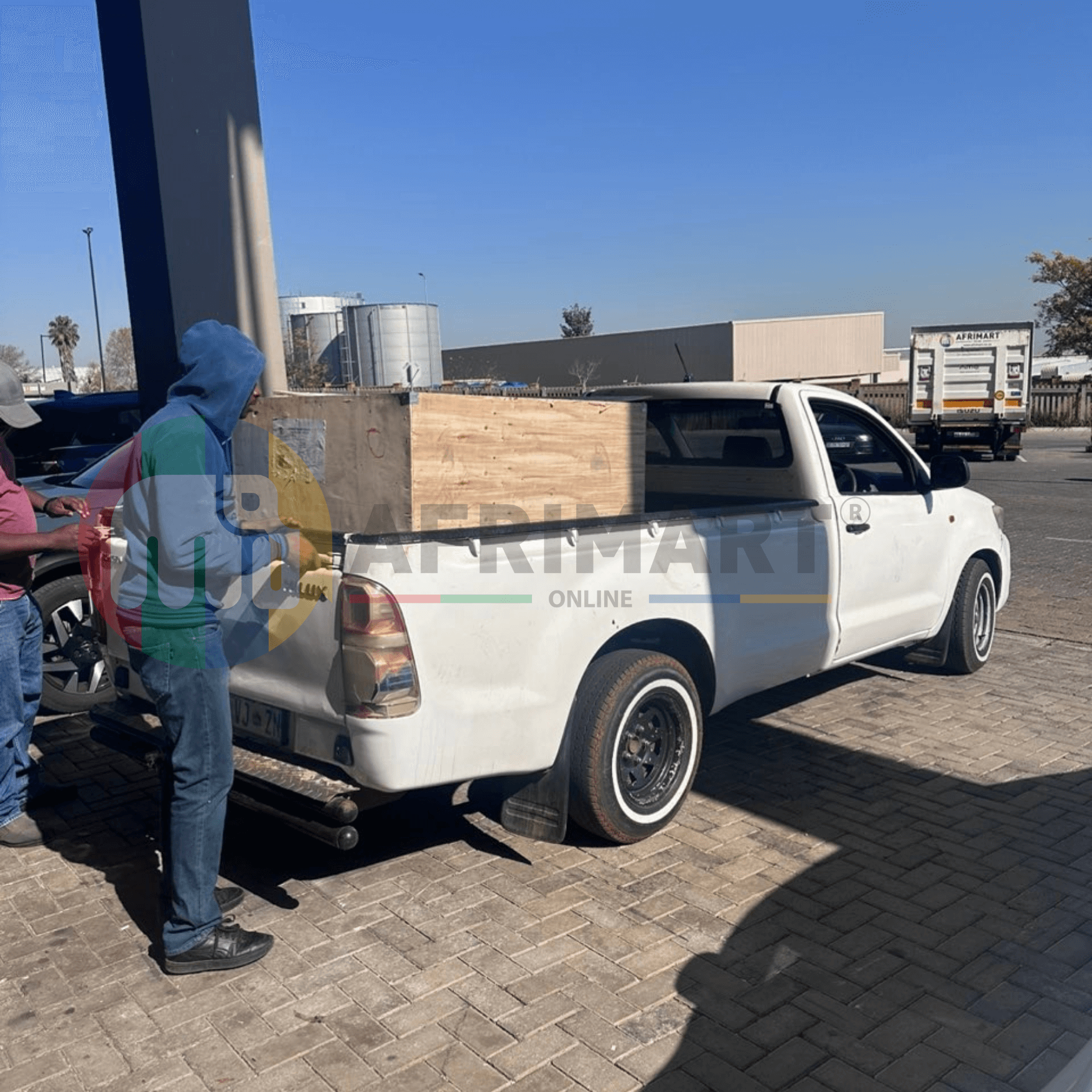
Order Collection
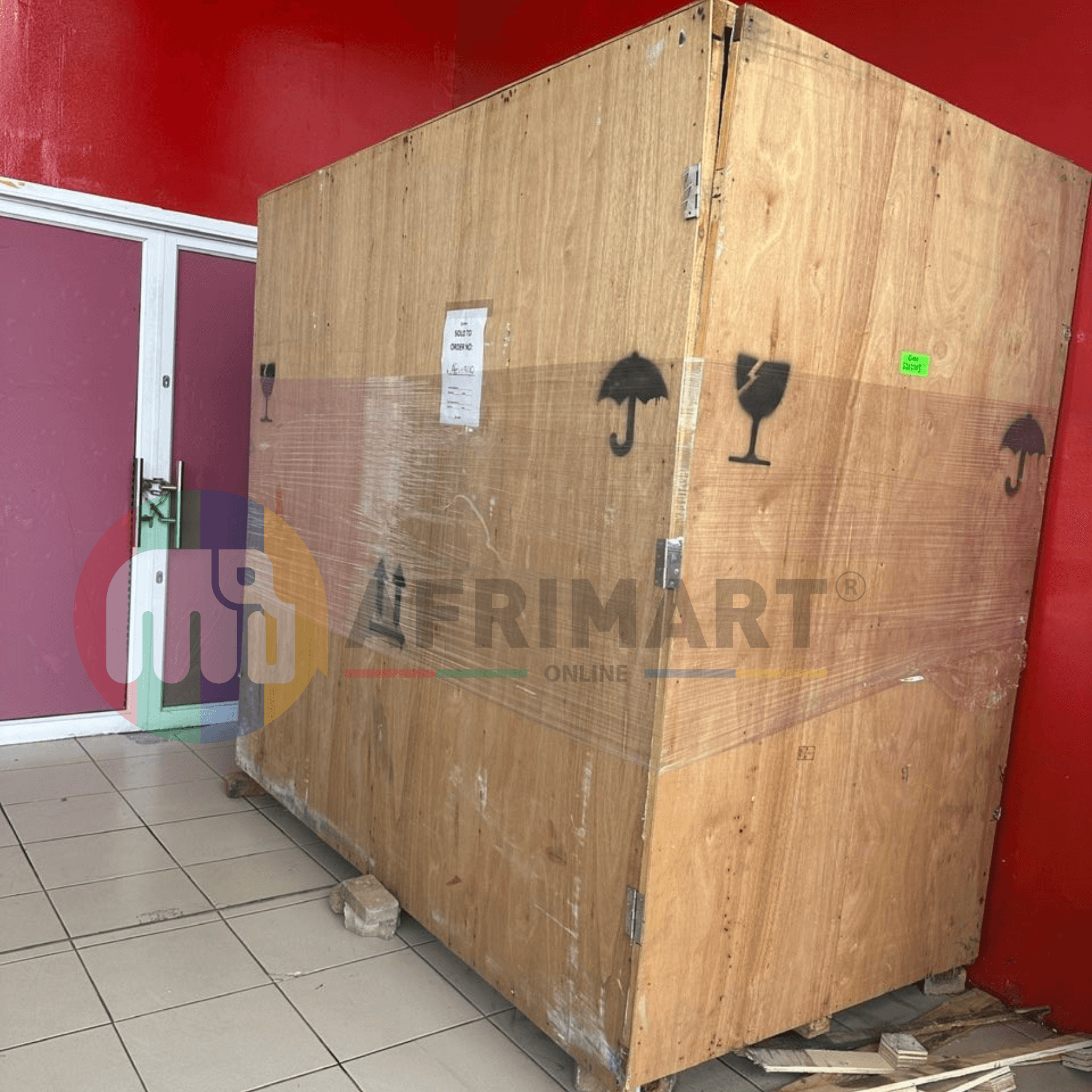
Portable Water Drilling Rig
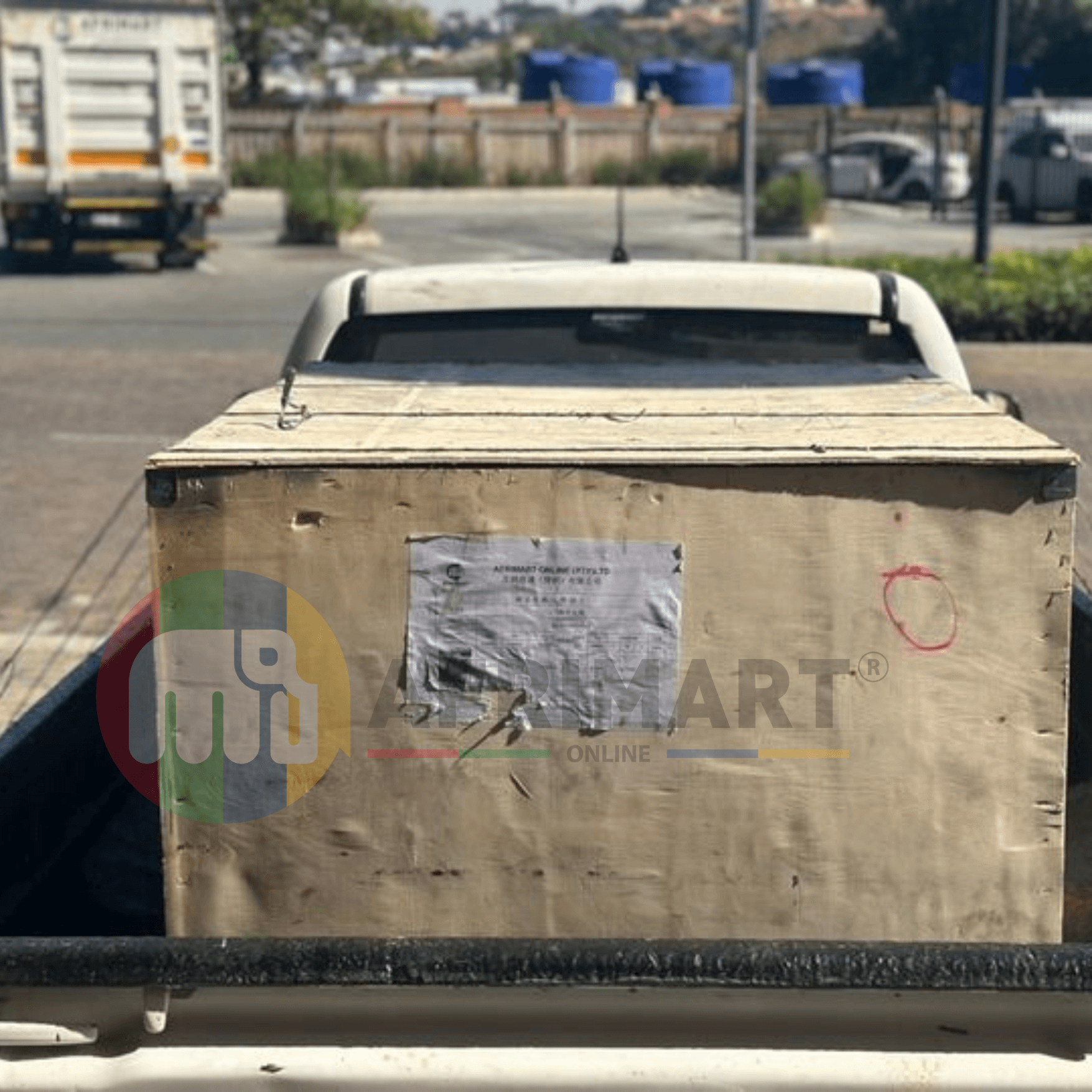
Order Usefully Collected
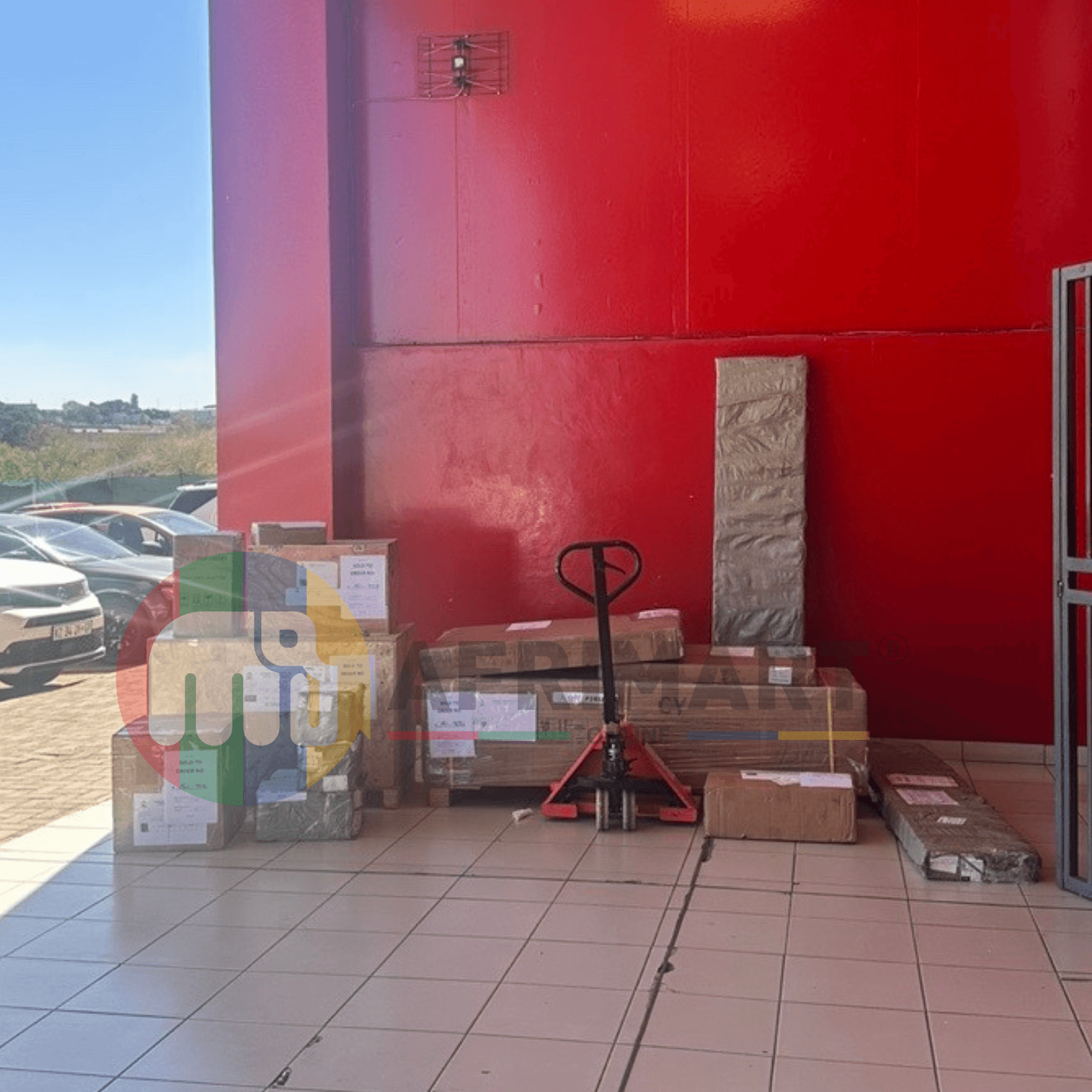
Batch of Orders

Agriculture Processing Machines
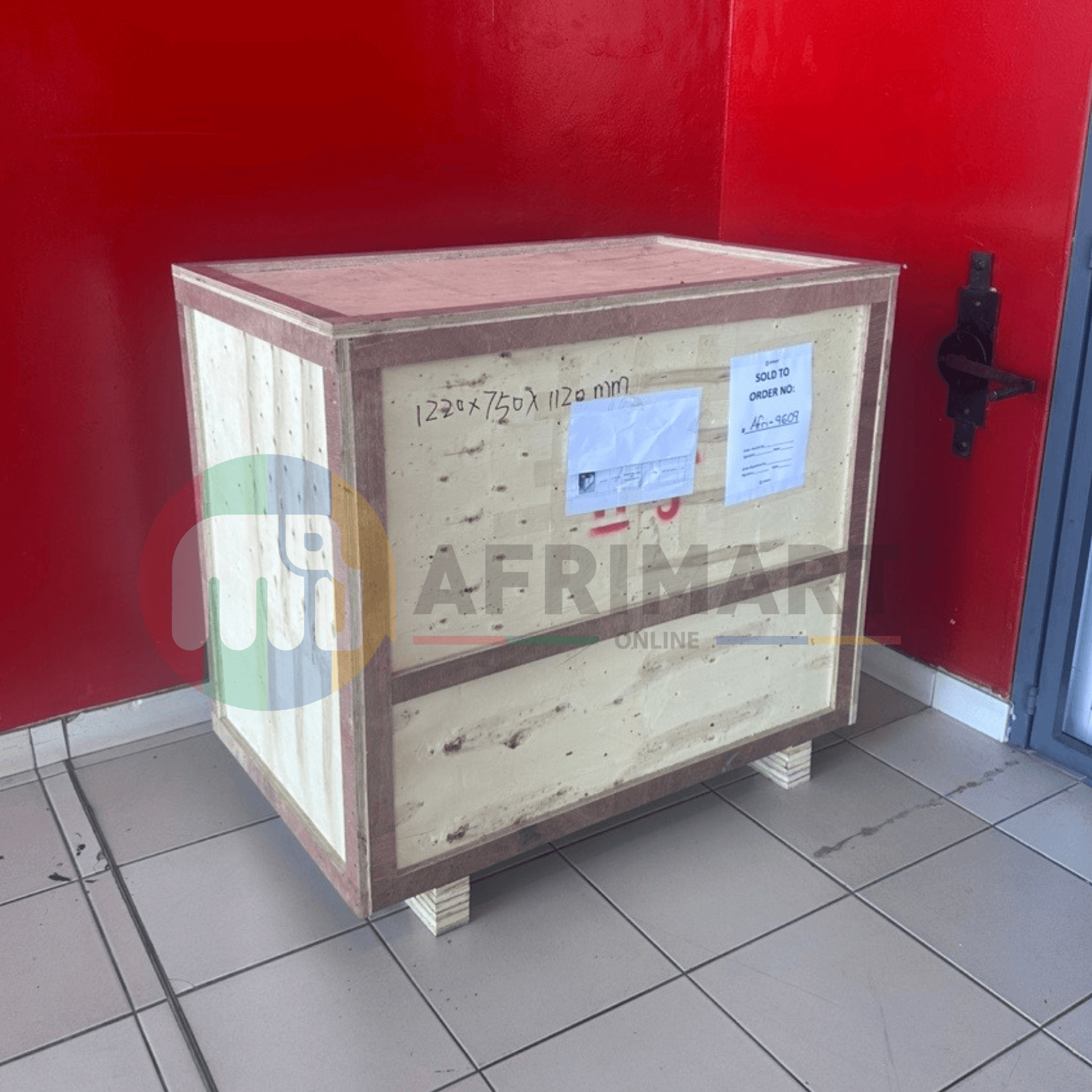
Meat Grinder Machine
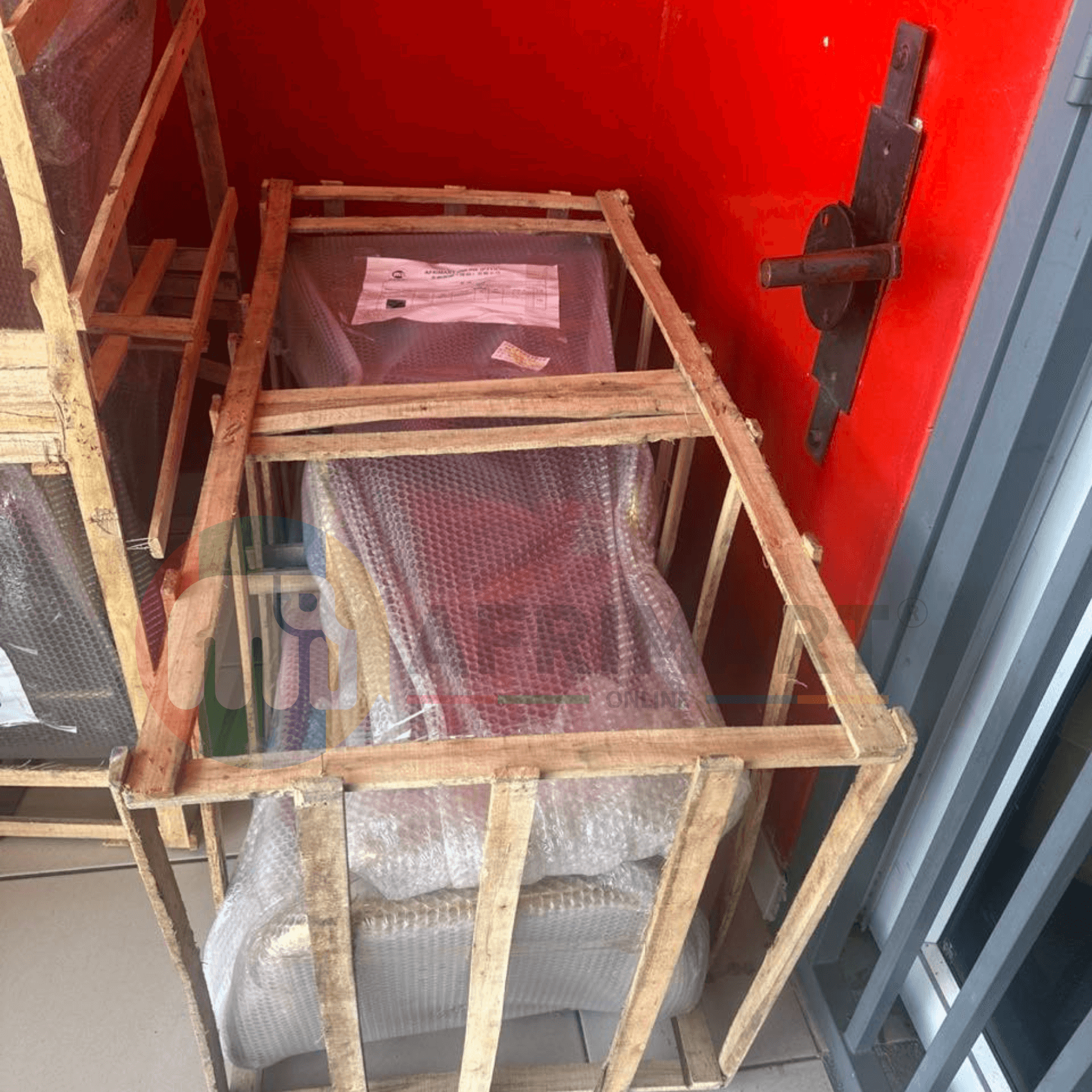
Water Pump Equipment
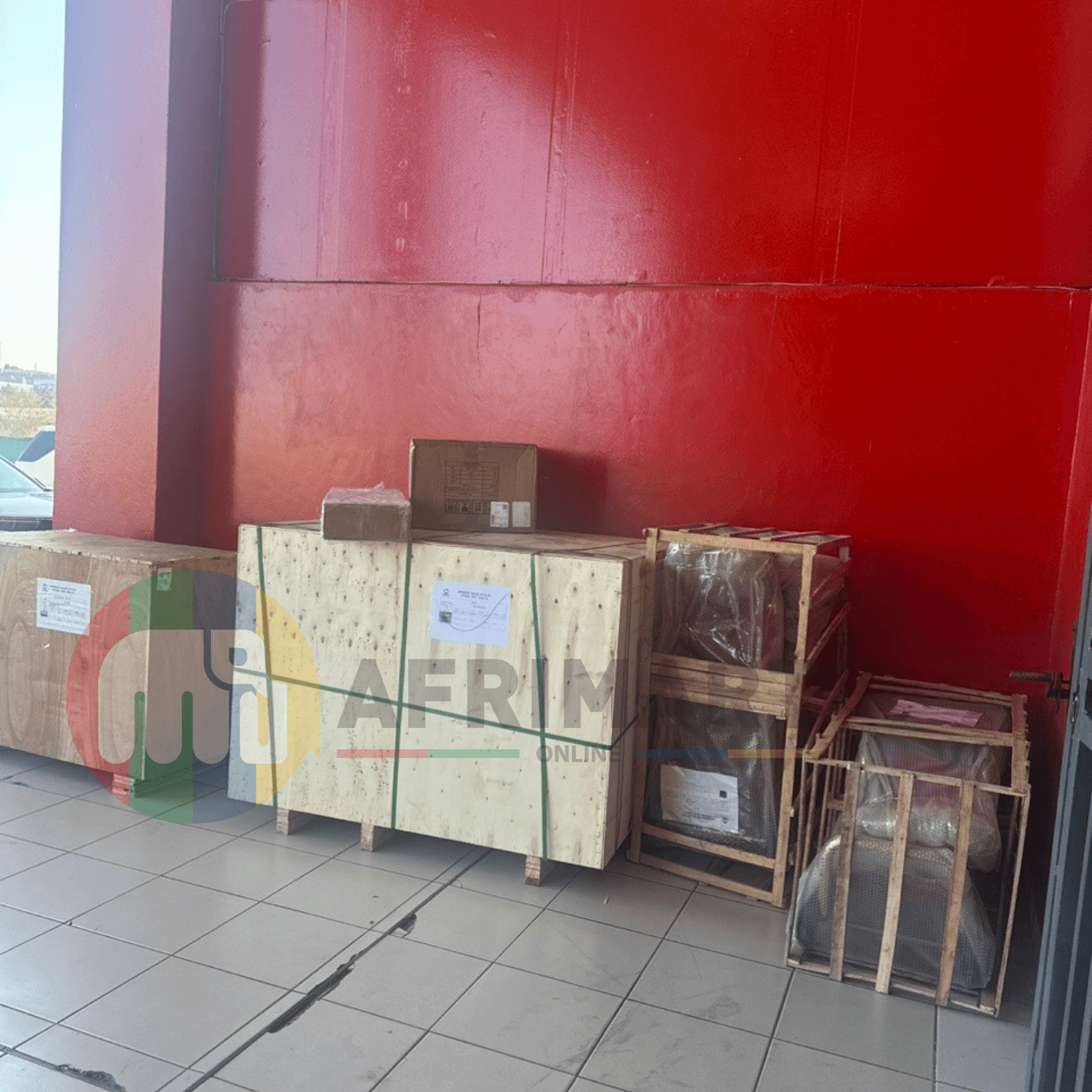
Packaging Machine and accessories
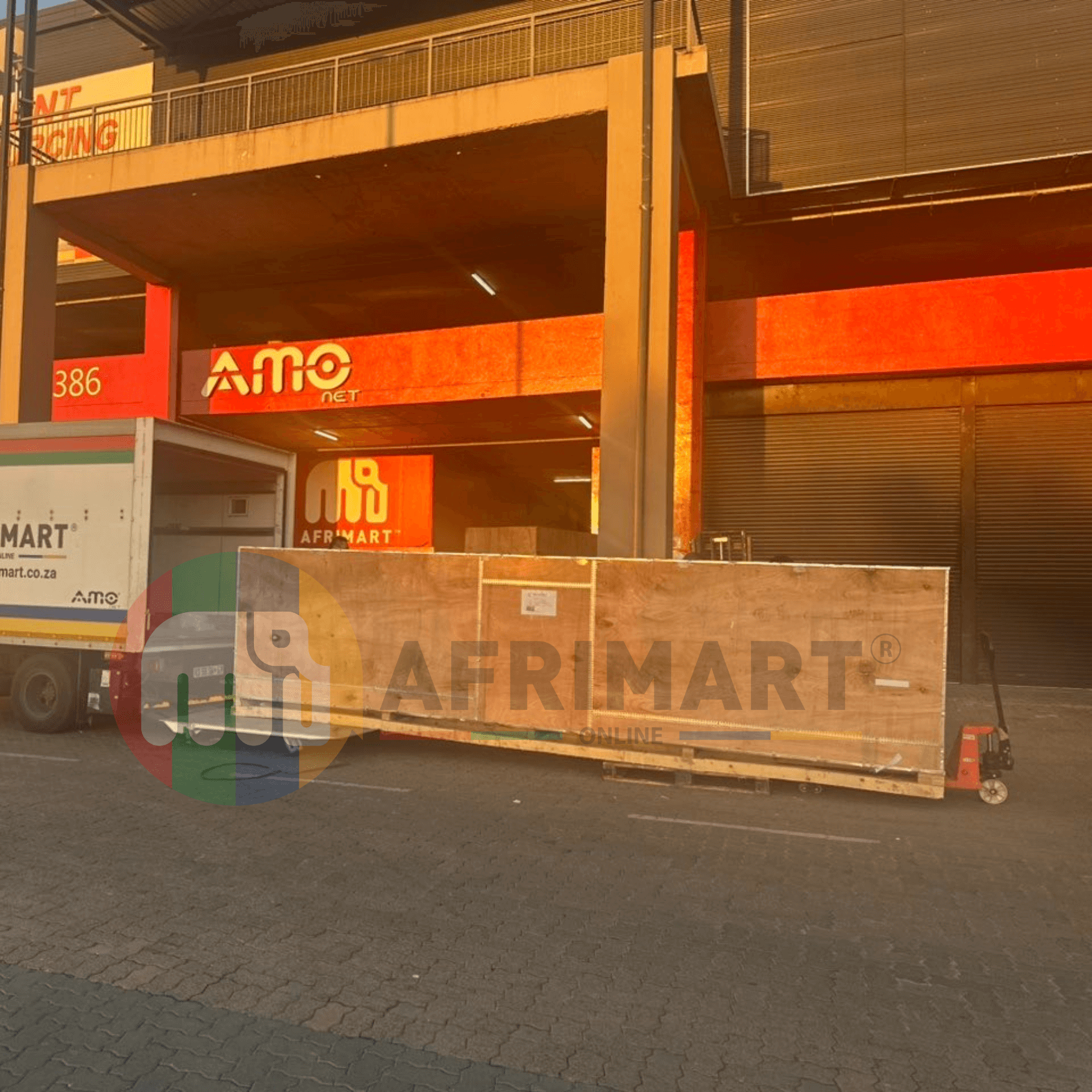
Fabrics Manufacturing Equipment
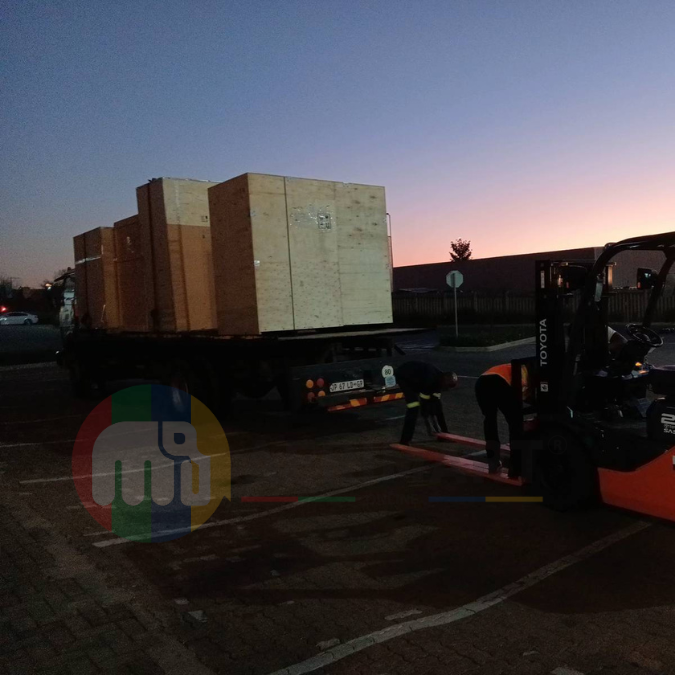
Mining Equipments
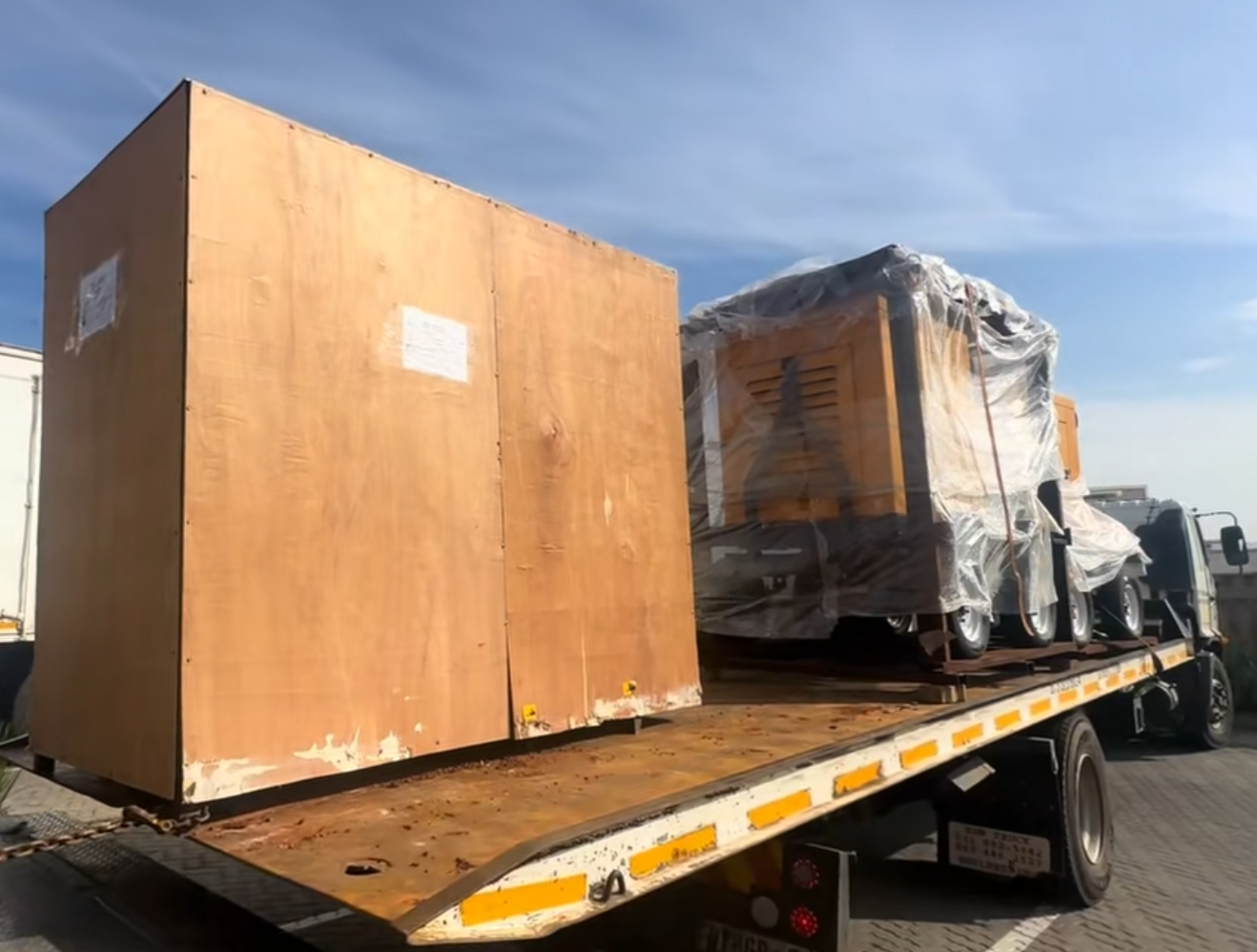
Food Processing Machine
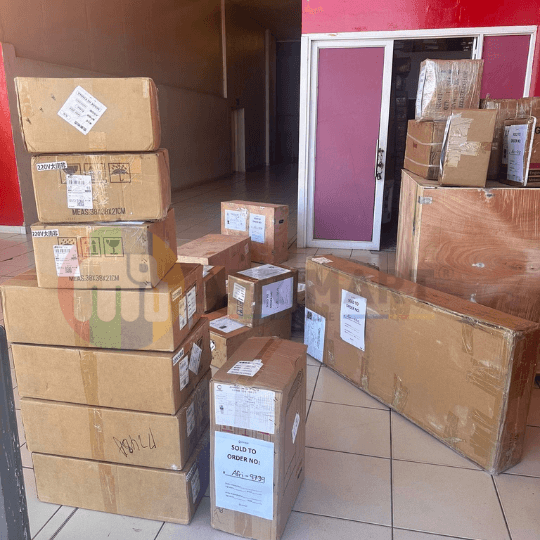
Batch of Orders
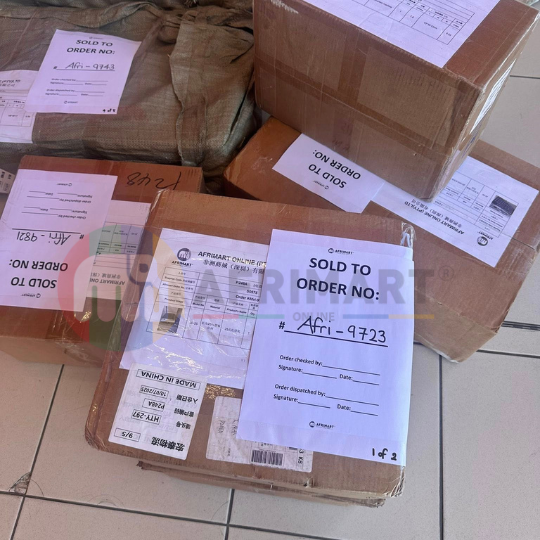
Batch of Orders

Latest Orders Labelled
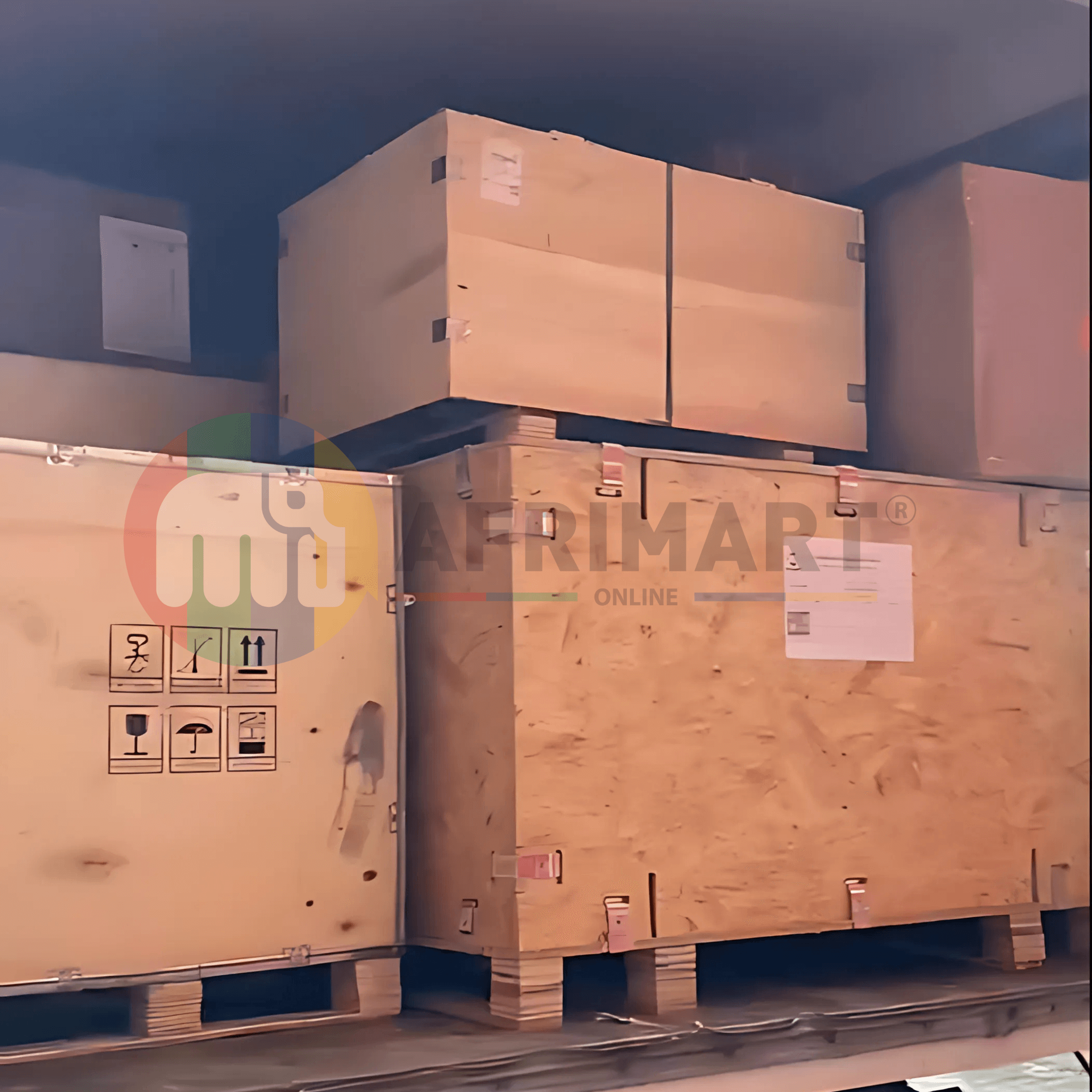
wheel alignment machines
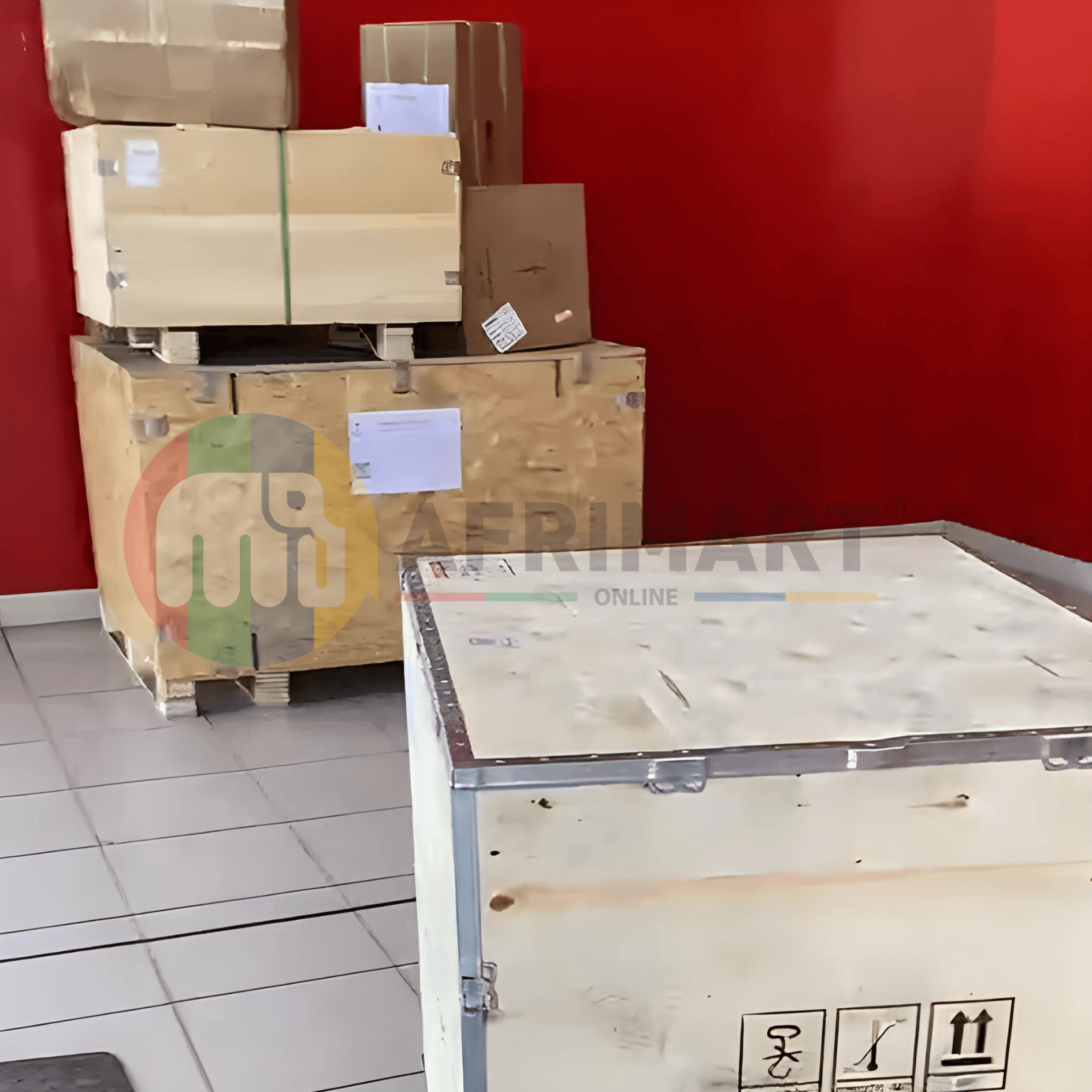
new arrivals
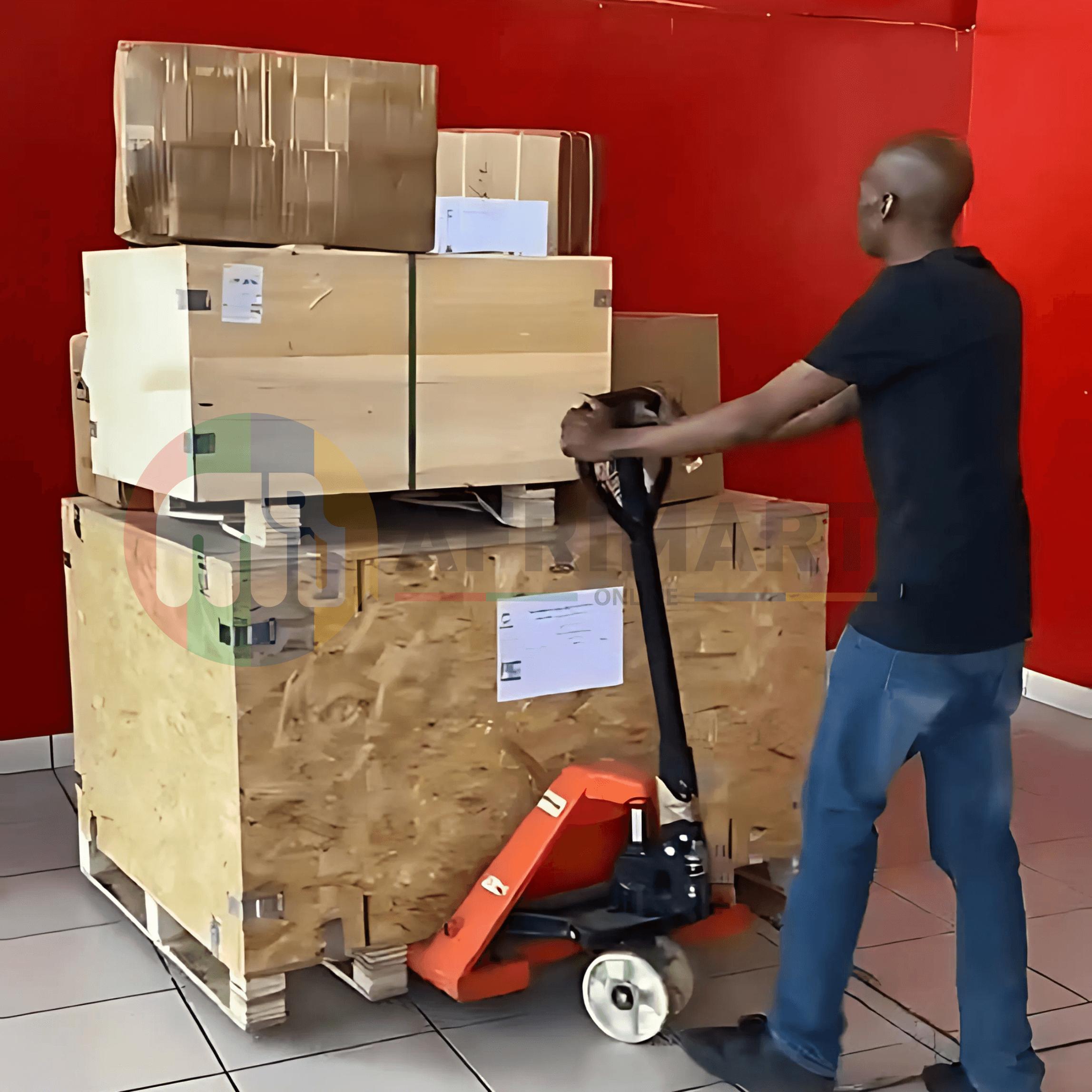
Pre Orders Offloading
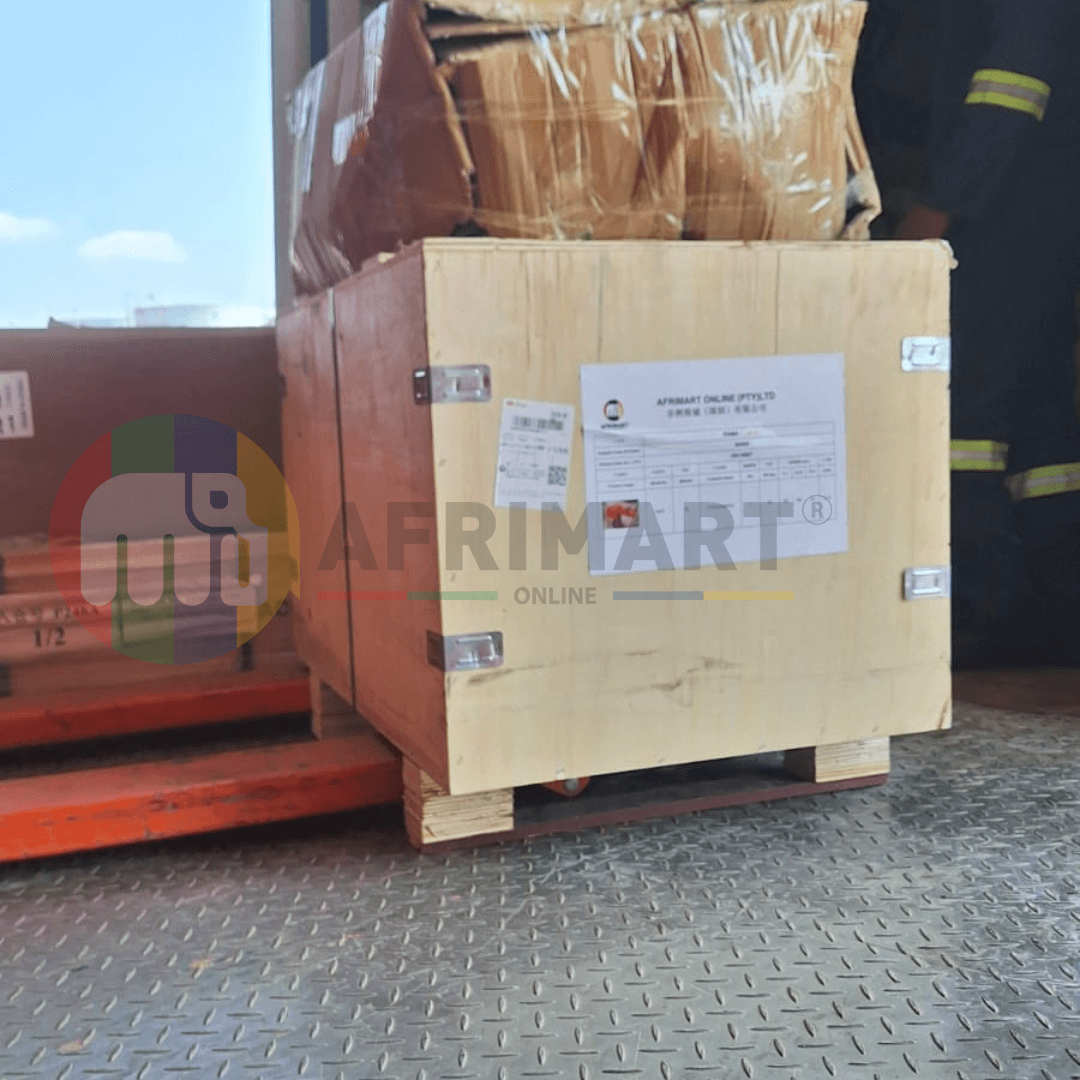
Latest Arrivals
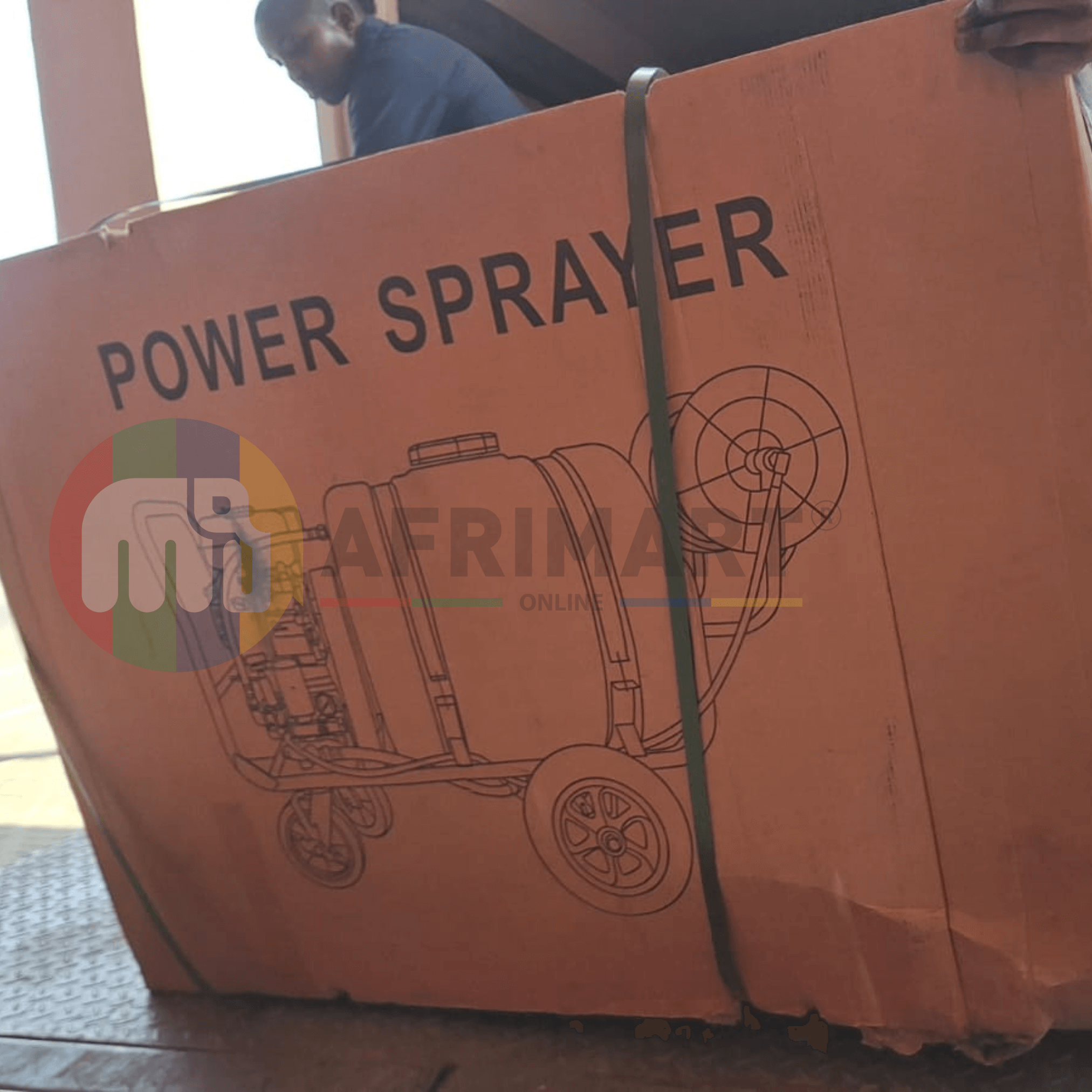
Latest Arrivals
